




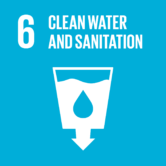
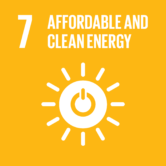
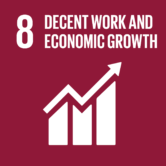
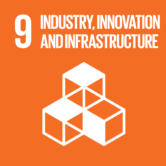

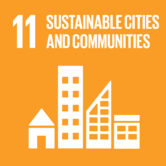
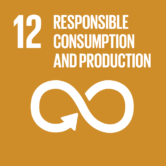





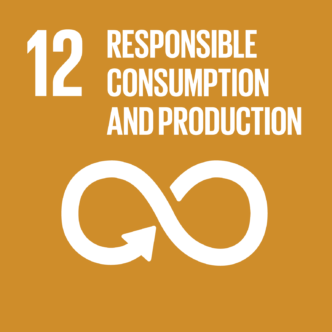
Reduced greenhouse gas emissions
Carbon-neutral organization and products

Reduced waste generation
Efficient use of natural resources
Carbon-neutral organization and products
Sustainability is no buzz word for us.
It is all about metrics and measurable actions. We make (y)our sustainability choices visible and measurable by calculating the carbon footprint and taking initiatives to reduce and offset it.
Our goal is to find the right balance between materials, processes, manufacturing and support.
Beologic aims to achieve carbon neutrality. To make sure that this is the case, we need to talk about metrics and measurable actions. We have to make sustainability visible and measurable by calculating the carbon footprint and taking initiatives to reduce and offset it.
Our carbon footprint is our key sustainability metric. It indicates the impact of our company and products on climate change. A carbon footprint can be calculated for an entity like a company or can be calculated for a specific product during its entire life cycle.
Product carbon footprint , or life cycle greenhouse gas emissions, is the total sum of all greenhouse gas emissions which are produced during the total life cycle of the product. It covers all Kyoto Protocol greenhouse gasses, not just CO2 during the entire value chain.*
At Beologic we produce carbon neutral compounds and low carbon compounds.
We can assure the cradle-to-gate boundary. This is an assessment of a partial product life cycle from resource extraction (cradle) to the first factory (gate) of the value chain.
The use of bio-based or recycled materials in our compounds has a reducing effect on the carbon footprint.
Beologic carbon neutral compounds and low carbon compounds show a significant contribution. Our compounds reduce your carbon footprint by replacing your previous materials to natural fibres or recycled polymers.
Material acquisition and preprocessing have a huge impact on the carbon footprint. We produce compounds with a carbon footprint that is way lower than plastics. Next to this, we offset remaining carbon emissions in case of carbon neutral compounds.
| Input material | Carbon footprint (kgCO2 eq/kg) |
|---|---|
| PVC | 2,20 |
| PE | 2,09 |
| PP | 1,78 |
| ABS | 3,22 |
| PS | 2,33 |
| Wood* | 0,10 |
| Other natural fibres | 0,10 |
| Recycled plastic | 0,70 |
*Beologic doesn’t account for carbon stored by trees and plants, as it cannot be guaranteed that this CO2 isn’t released again later in the life cycle. Therefore we consider only the carbon footprint linked to harvesting of our bio-based materials.
Material acquisition and preprocessing have a huge impact on the carbon footprint. We produce compounds with a carbon footprint that is way lower than plastics. Next to this, we offset remaining carbon emissions in case of carbon neutral compounds.
By reducing the amount of greenhouse gasses in the total chain, we can reduce the carbon footprint and actively contribute to a greener world.
 Carbon neutral or negative
Carbon neutral or negative
 Carbon low
Carbon low
 Carbon medium
Carbon medium
 Carbon high
Carbon high
 Carbon very high
Carbon very high